Have you heard of the “Benelux” region? Benelux is the name given to the geopolitical assembly of three countries: Belgium, Netherlands, and Luxembourg. Benelux is an official intergovernmental grouping of these neighboring states, even having its own logo. Nowadays, the name is typically used when referring to the geographic region of Europe which spans the coastal valley between Northern France and Germany.
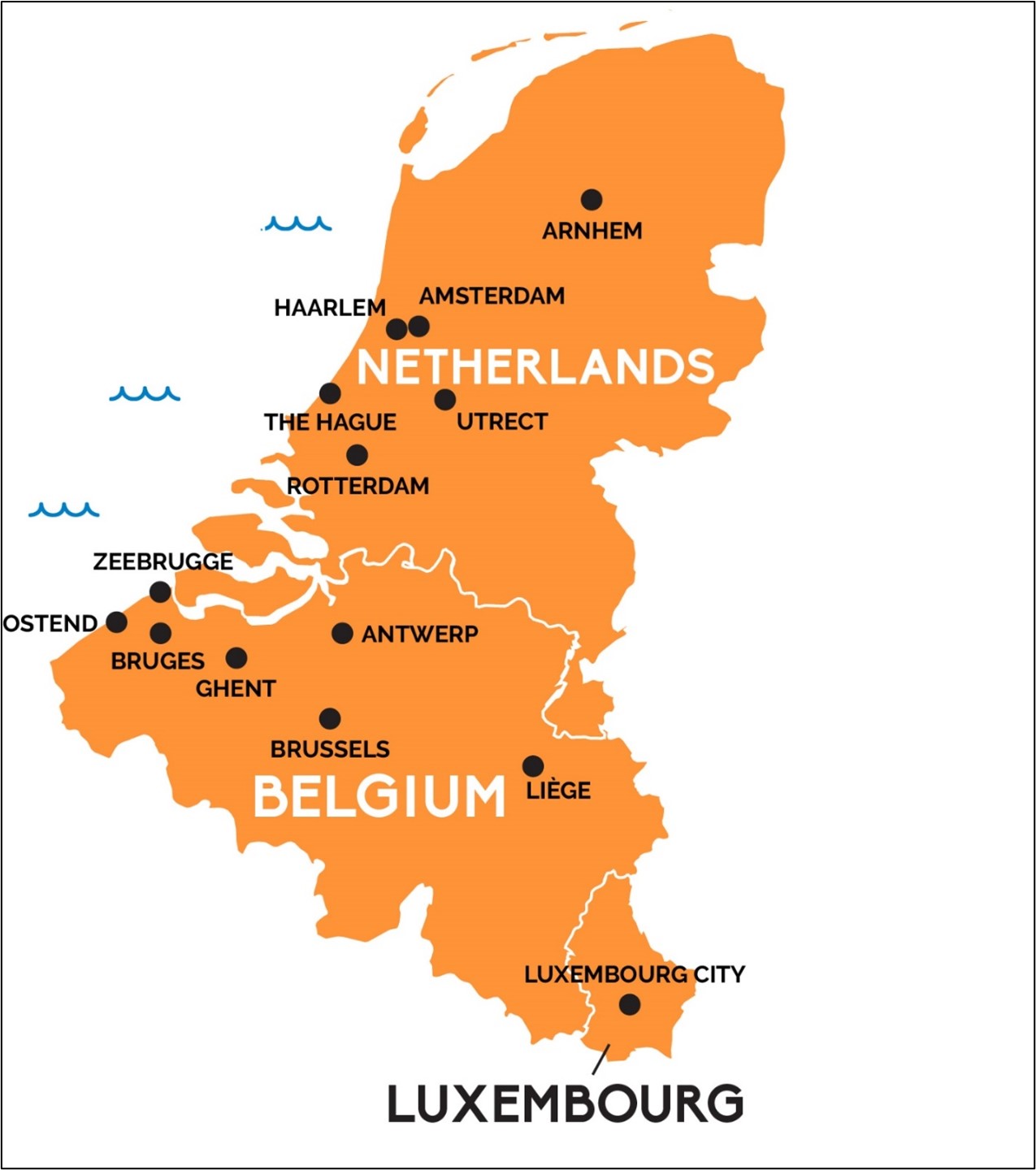
I traveled with my family to Benelux in July 2025 to better understand the culture, learn about the history of the region, its significance to modern geopolitics, and, of course, experience some of Europe’s finest transit systems. As a transportation demand management (TDM) professional, I was curious to see how transit is used and perceived in Europe.
The Netherlands, especially Amsterdam, is well-known for its biking culture and infrastructure, but what options are available for those who are not comfortable or physically able to use active transportation? For an older traveler like my father, who is visually impaired and unable to ride independently on two wheels, it’s crucial for his safety to find a solution that is both convenient and accessible. With these considerations in mind, we researched various methods for traveling across cities and between countries. While driving (renting a car or ride-hailing via Uber, Lyft, or Taxi) was viable, it wasn’t the most affordable, so we knew the best mode of travel for us would be public transit. We visited the following cities (in order):
- Brussels
- Luxembourg (then back to Brussels)
- Antwerp
- Bruges
- Amsterdam
- The Hague
- Rotterdam (then back to Amsterdam).
What modes of public transit can one expect to see in this area? Almost every major city in Benelux has installed infrastructure to support these four modes of public transit:
Bus
The bus is a public transit vehicle that operates primarily on fixed routes within the city, sometimes connecting to surrounding neighborhoods. Buses in major cities are wheelchair accessible via automated electronic ramps that deploy from below the door. Every bus we rode had a designated wheelchair space available in the front seating area; however, we rarely saw wheelchair users riding the bus. During peak hours of the day, buses were so packed that it was standing room only, and riders stood in the designated wheelchair seating areas. Apparently, riding the bus was a popular option among both visitors and local commuters.
Tram
You might be more familiar with the term streetcar or trolley, as opposed to tram, but they are essentially the same thing. While we call it one thing, Belgium calls it a pre-metro, and the Netherlands a sneltram. They are all vehicles that run on rails laid in the street or on their own dedicated tracks, typically drawing power from overhead wires. The frequency of service and extensive network made travel between downtown destinations and our accommodations extremely convenient. The tram was my favorite way to get around, by far. Tram stations were well-positioned near popular retail centers, community amenities, landmarks, and government buildings. Trams have designated seating for senior citizens and individuals with disabilities. Most trams I took in Benelux had open windows but no air conditioning—this was a little brutal in the summer heat when tramcars were packed with commuters and travelers of all ages, but I still enjoyed riding them.
Metro
Some, but not all, cities will distinguish between their trams and their metro systems. The metro often shares partial infrastructure with the tram but covers longer distances. In some cities, such as Brussels and Antwerp, the tram is integrated into the metro network, allowing travelers to ride interchangeably without needing to exit at stations. In Amsterdam, though, the metro runs on a separate rail system from the tram (streetcar). Amsterdam’s metro was spacious and clean, but did not have designated spaces for wheelchairs and strollers.
Train
The train differs from the metro, as the metro typically refers to a regional railway service within metropolitan areas, while the train is often an intercity service. In major cities, both often share the same tracks.
Trains include the Nederlandse Spoorwagen (NS), the Société Nationale des Chemins de fer Belges (SNCB) in Belgium, and an international train known as “Eurostar” that is operated by a company under the same name. The Eurostar train is a convenient method to traverse the Benelux region, connecting Amsterdam Central, Brussels Central, Antwerp Central, and Luxembourg Gare stations. At these major central stations, travelers and commuters can directly connect to and from Eurostar to local transit lines. NS and SNCB are also convenient options for travel, and while they primarily operate within their own country, they allow passengers to travel just beyond the edge of country borders with little to no hassle—a passport is not required between countries in the European Union (EU)!
There are several intercity train routes and companies, so it is up to the traveler to decide which company they will purchase a ticket from or by which route they want to travel (i.e., which cities they will pass through) to reach their end destination.
On all trains, seating is divided into first-class and second-class compartments. First-class tickets are usually more expensive, about double the price. Seniors are often eligible for discounts when purchasing ahead—great for traveling with elderly family!
Now that you have the background on different modes of transit in Benelux, let me walk you through how they look and operate based on my experience riding through these seven cities from Brussels to Rotterdam!
Brussels
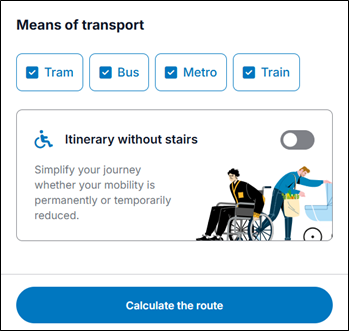
Brussels is an international city—home of the EU Parliament, North Atlantic Treaty Organization (NATO), and seat of the European Commission. I was excited to see how transportation was laid out in such a vital urban area, especially at Brussels Central Station. Brussels Central Station, as the name suggests, is the downtown transit hub offering connections to SNCB, as well as the metro, trams, and buses. On Belgium’s travel website, there is an option to calculate an itinerary without stairs, so wheelchair and stroller users can avoid the added hassle of navigating travel barriers.
The cost of riding any form of transit is 2.30 euros, which will cover 60 minutes of travel. For those using transit for more than an hour, there is a daily cap on expenses (not to exceed amount) of 8.40 euros, or $9.70 USD. Any rides after 8.40 euros will be free of charge.
We purchased second-class tickets to Luxembourg via the SNCB train. A one-way trip on this train was just under three hours. Travelers waiting on the platform can enter the train from the side doors by pressing the green and white switch. Most train and tram doors in Benelux operate in this fashion; train doors will not automatically open unless activated by a switch from the inside or outside (pictured below).
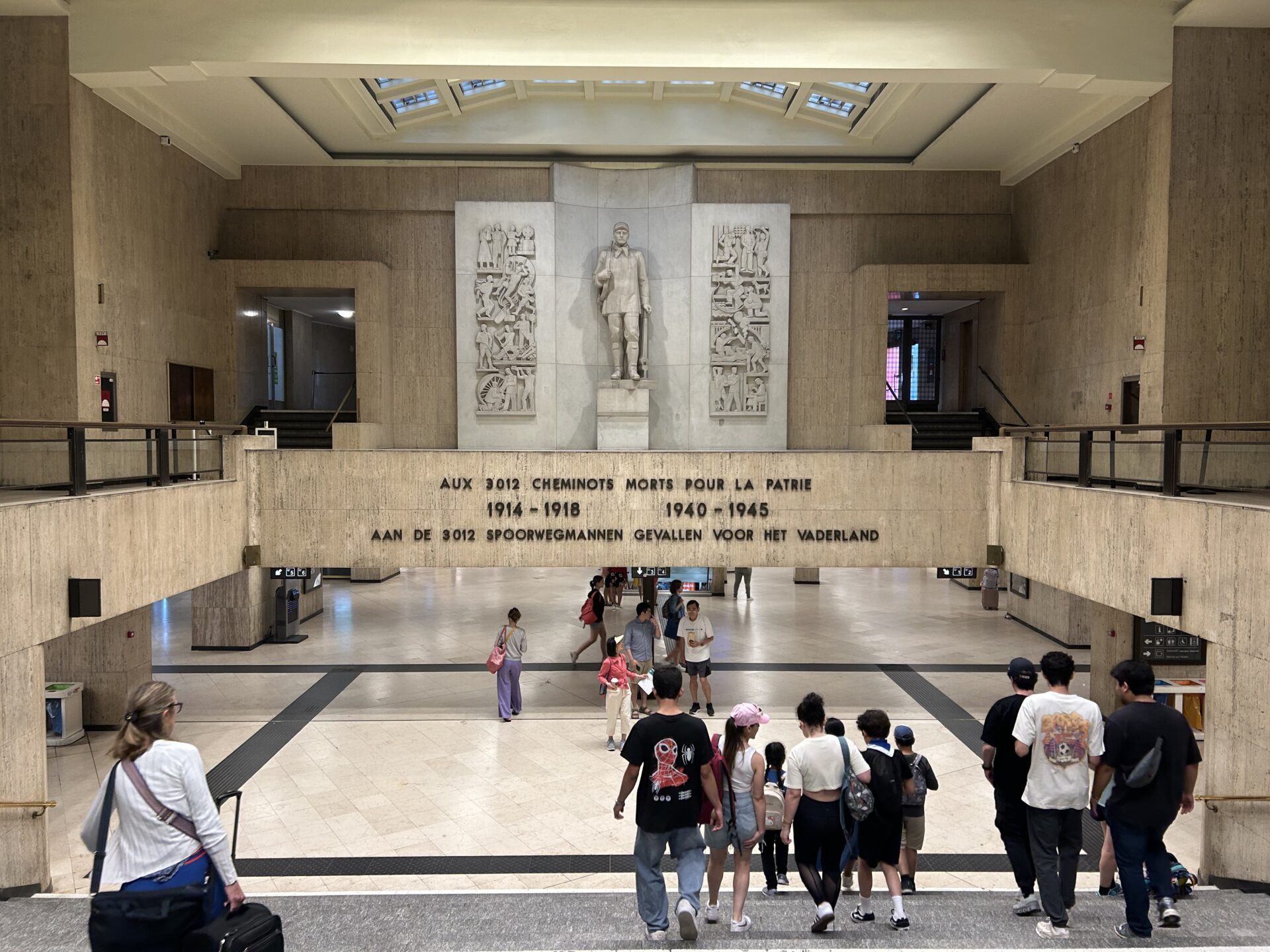
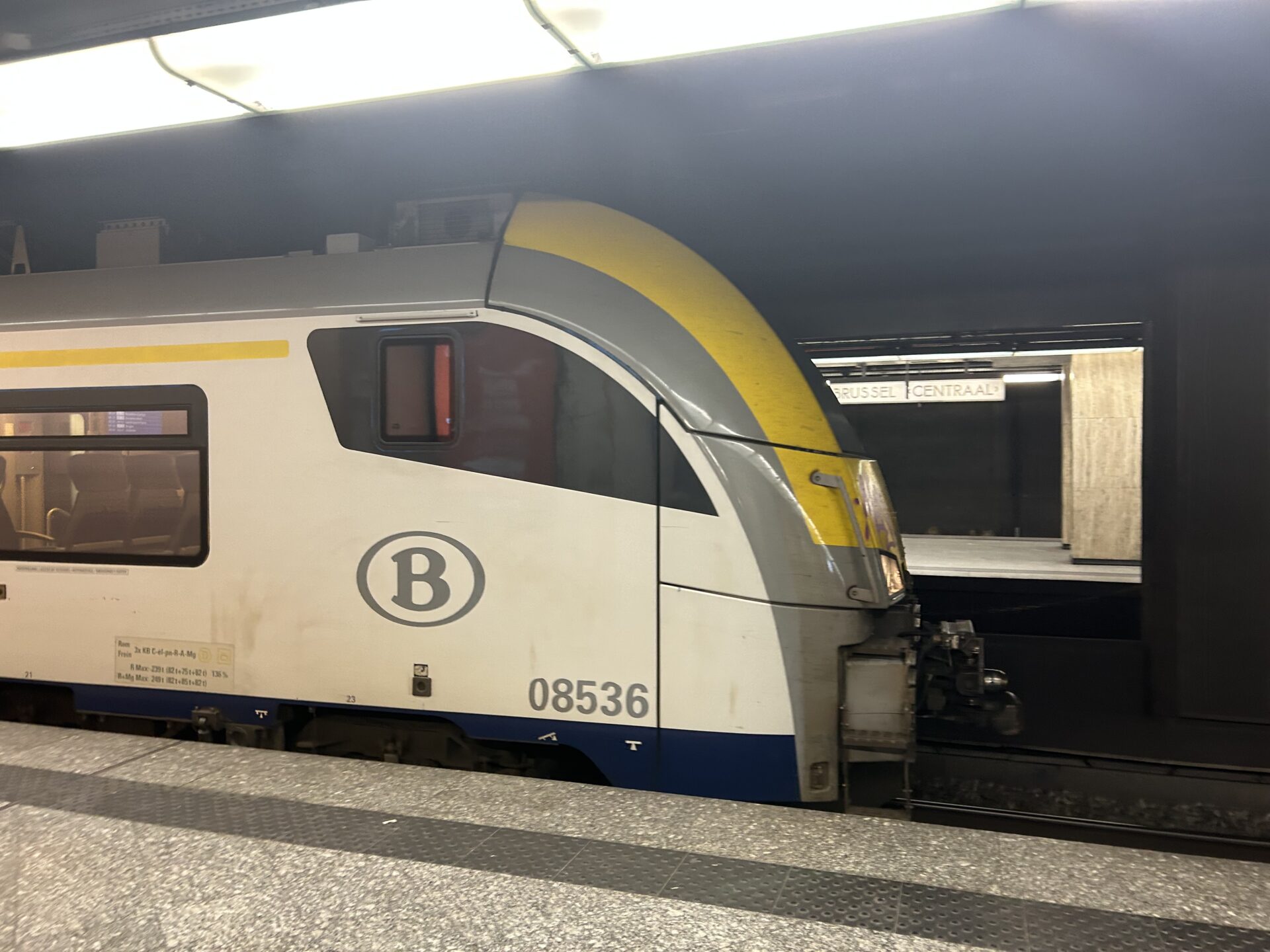
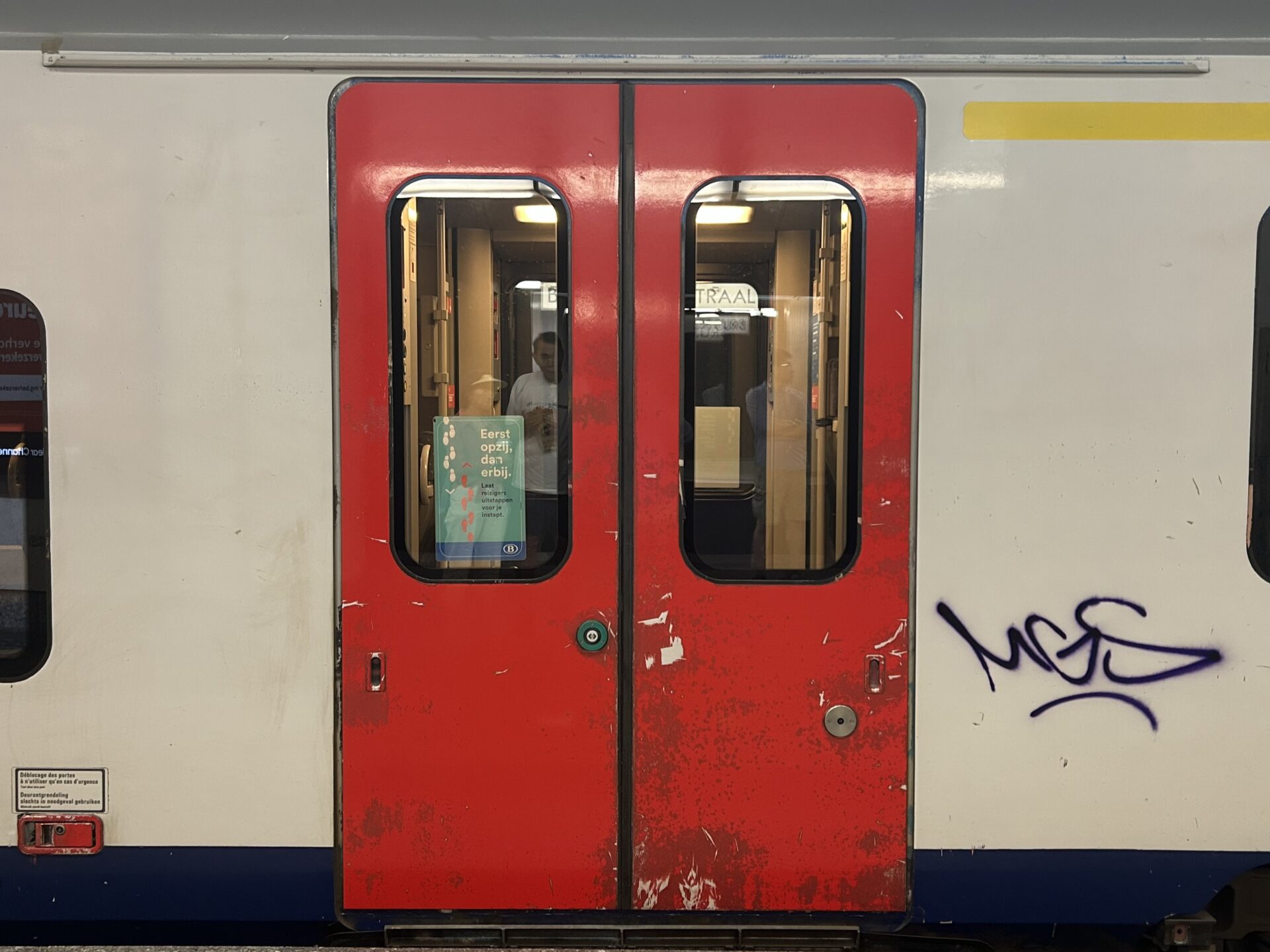
Luxembourg
Since 2020, all modes of public transport—buses, trains, and the tram—are completely free of charge in Luxembourg (within the country, not when crossing borders). The funding comes from taxpayers. The only exception is for tickets to first-class seating. Luxembourg also offers a free taxi-bus service with door-to-door transportation for qualified travelers with disabilities or visual impairments, which we did not utilize. This service is called Adapto.
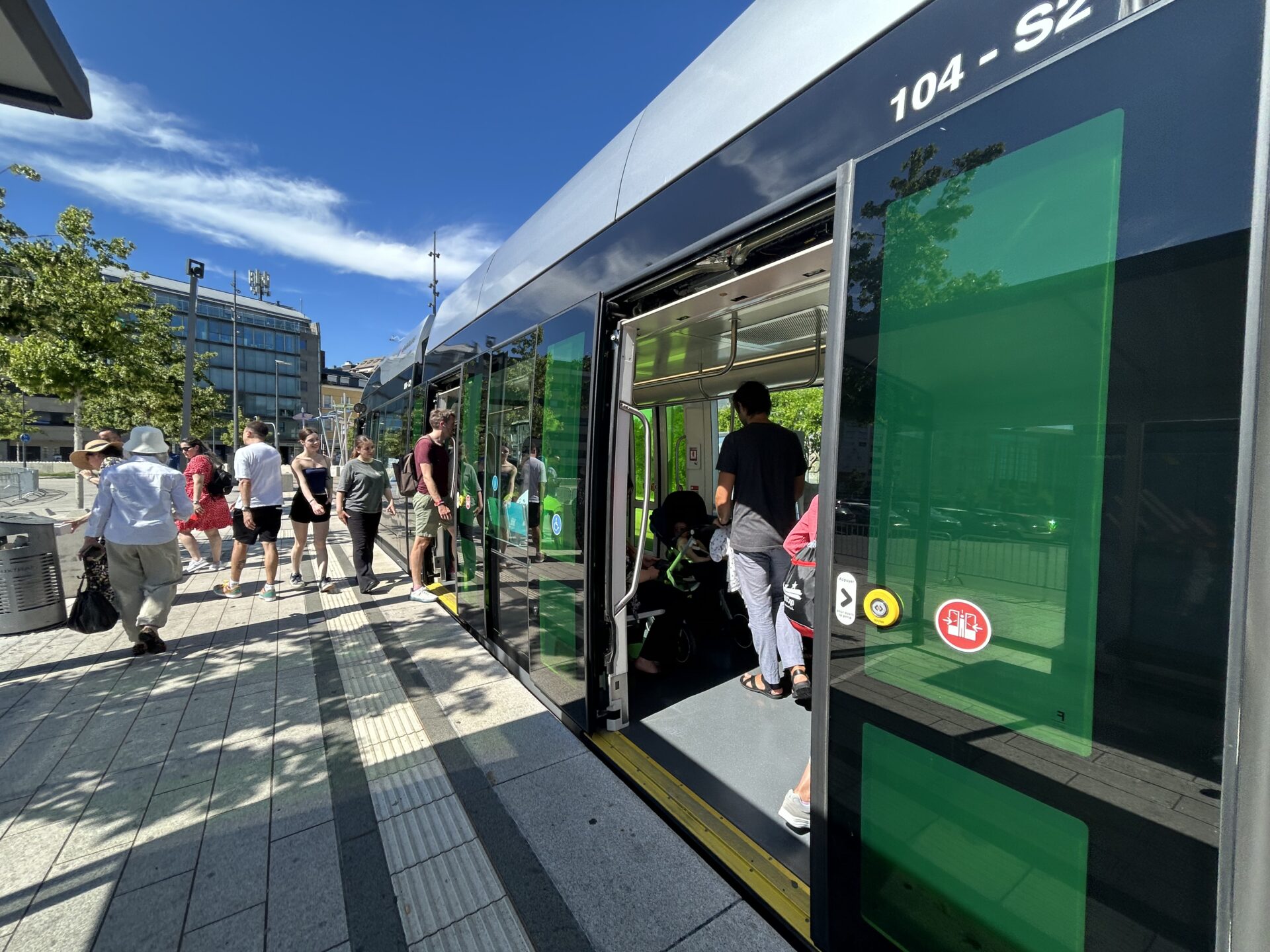
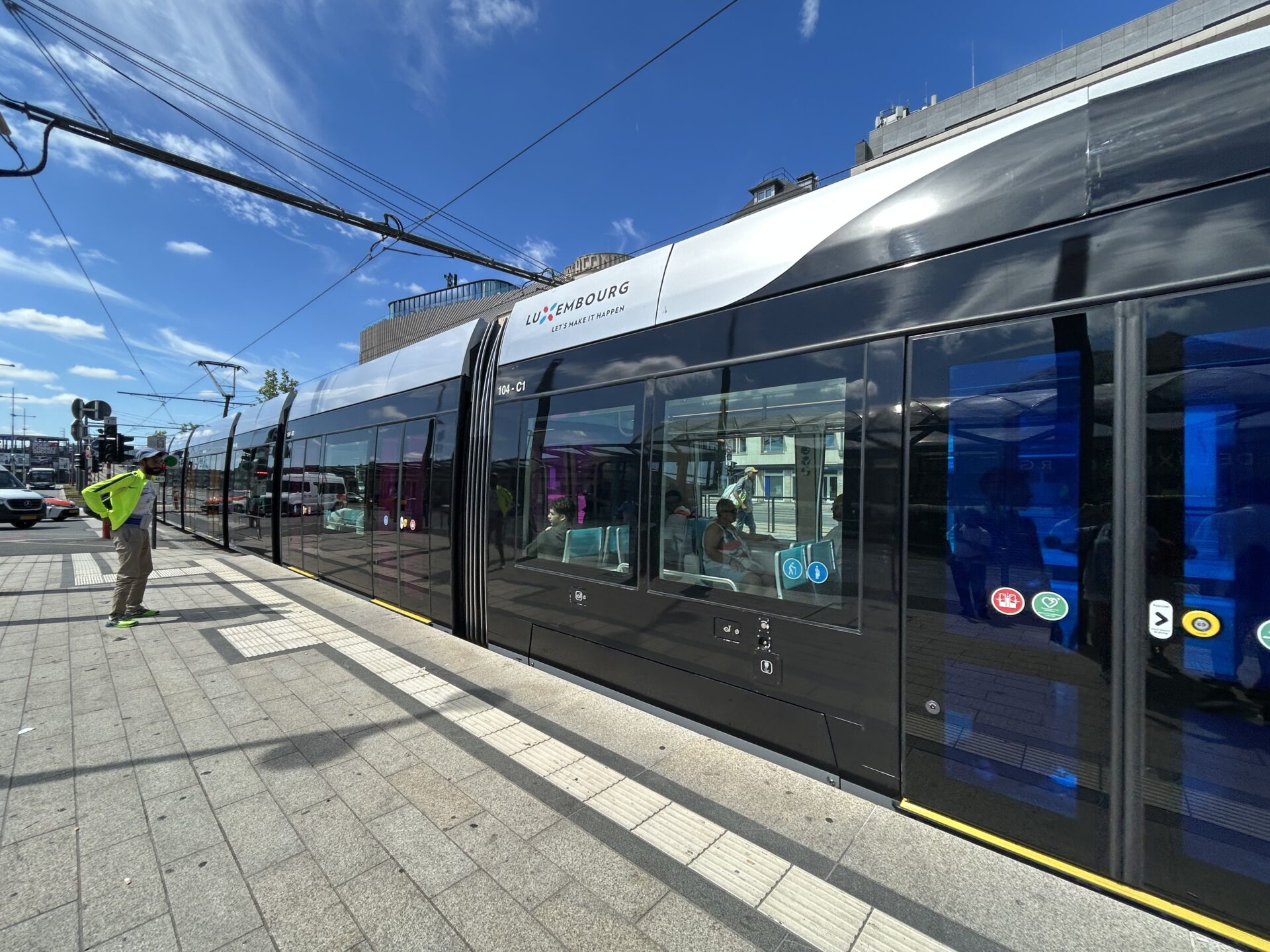
No tickets are needed to ride for free in Luxembourg—we simply boarded the articulated tram or bus and took a seat. The height of the tram platforms was flush with the door, allowing safe and easy access for wheelchair users and the visually impaired (pictured above). The interior was spacious and well-maintained. Our experience of not needing to purchase a ticket or scan in and out was extremely convenient—not to mention a burden off our wallets!
Antwerp
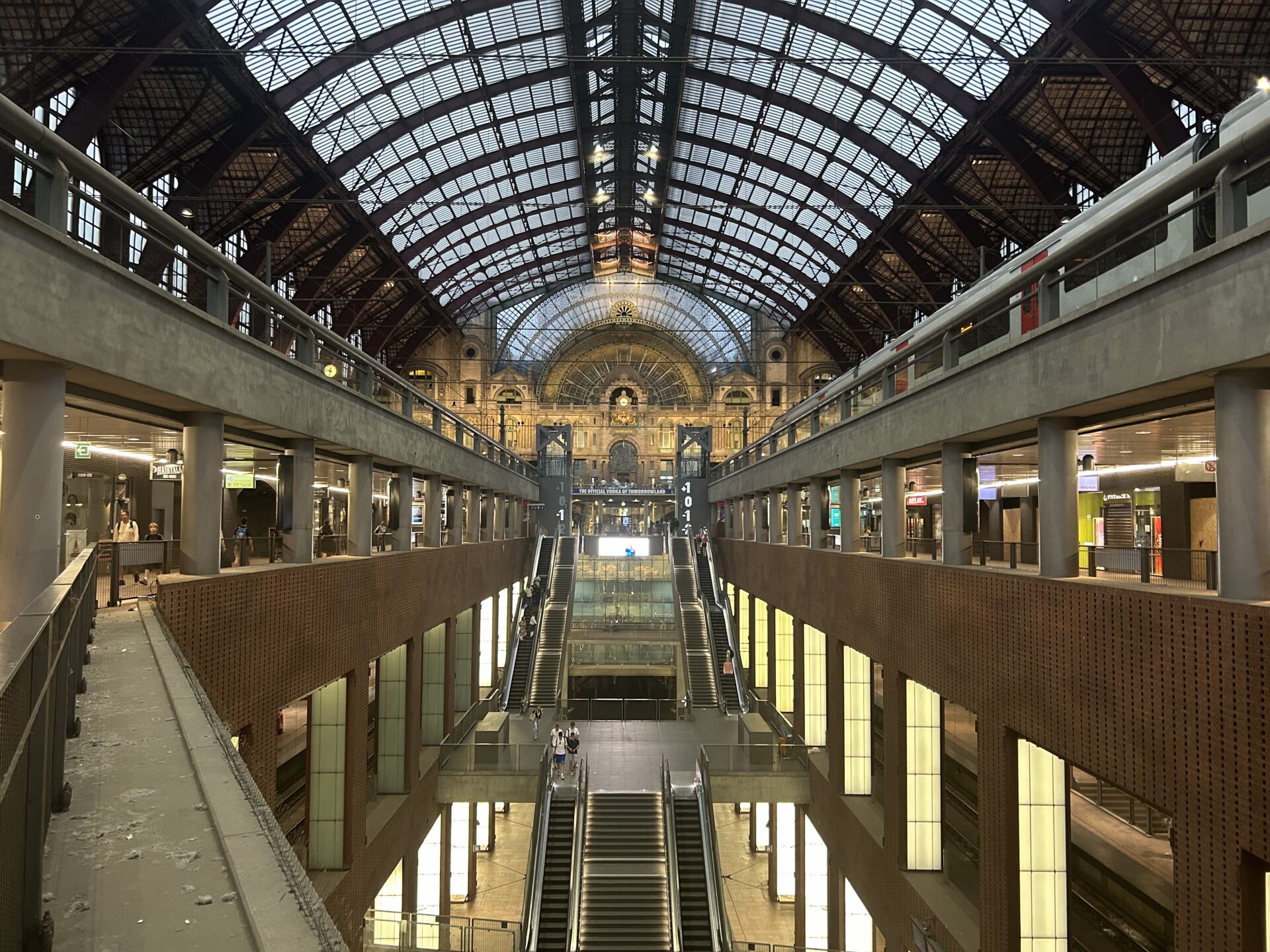
Here is “Antwerp Centraal” (pictured right). Antwerp is the capital of the Antwerp Province, the second-largest metropolitan area in Belgium after Brussels, and the historical and cultural Flemish stronghold of the Belgian north. This station building, with its beautiful, cathedral-like Neo-Renaissance stone façade and steel platform canopy, was designated a protected monument in 1975.
Antwerp is a busy city. At 5:00 p.m. on a Tuesday in July, the tram (metro) is packed with commuters, visitors, and students on vacation (pictured below). The sidewalks were wide and well-maintained, allowing us to reach our destinations in town by either tram or on foot. While walking, we passed by several buses and bus stops (pictured below). It was reassuring to know the buses come frequently in case of rain, injury, or unexpected circumstances. An interesting observation was that emergency vehicles seem to be equipped with the ability to muffle their siren sounds in residential areas (or quiet, narrow corridors where acoustics amplify noise). When and where they choose to activate this feature is unclear to me, but I was grateful they turned it down as they rolled through the quiet neighborhood I was walking in!
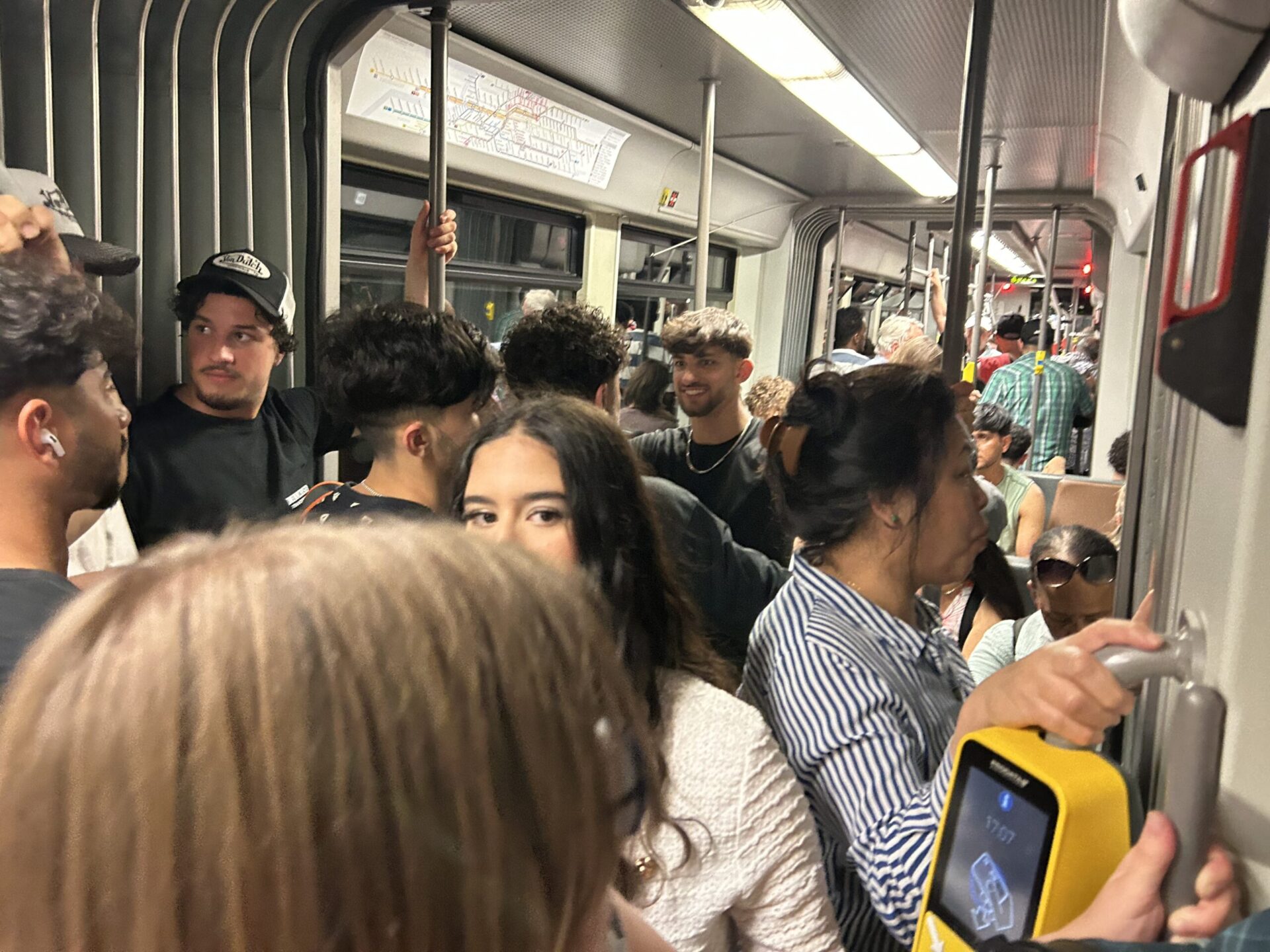
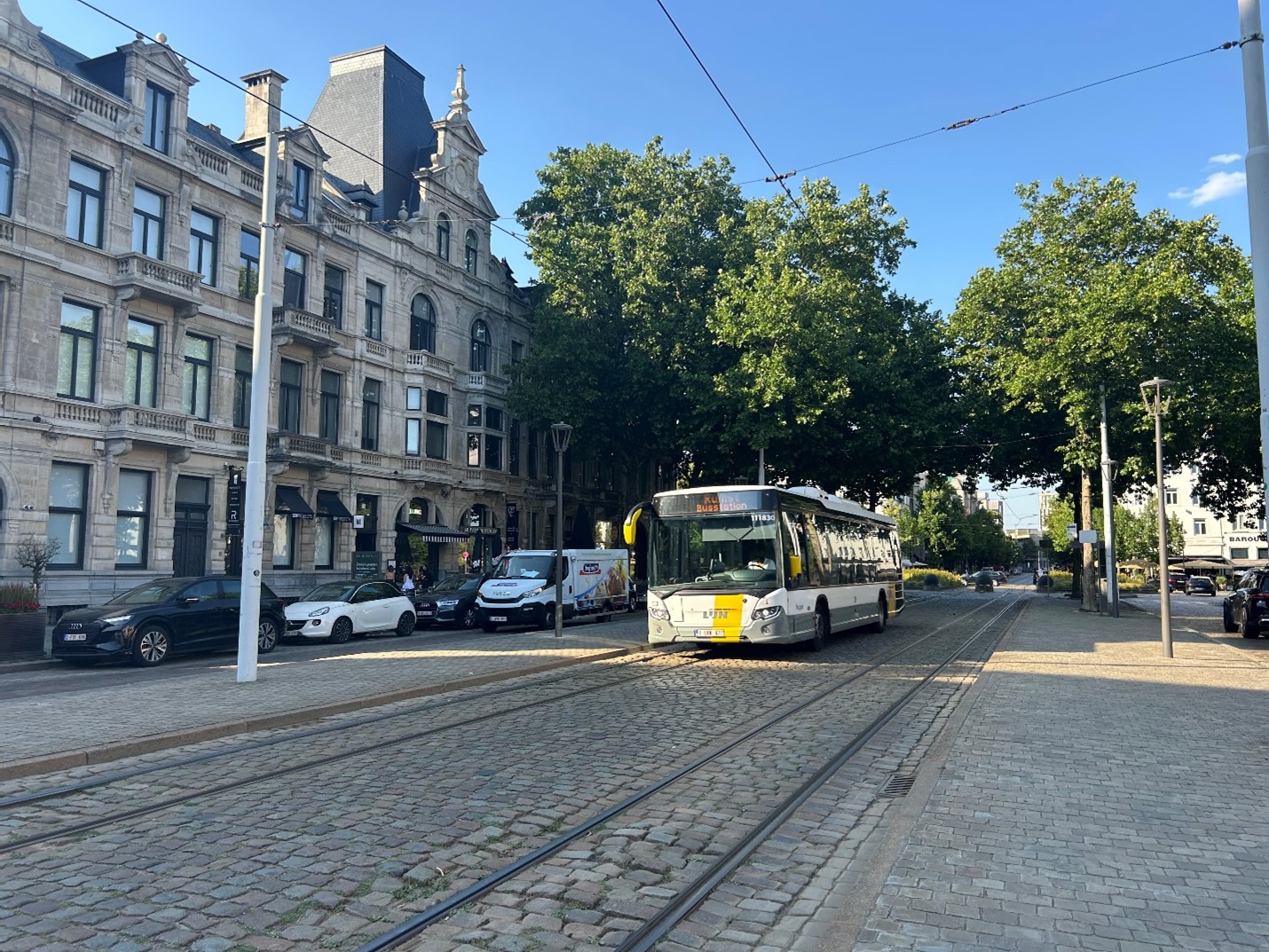
Amsterdam
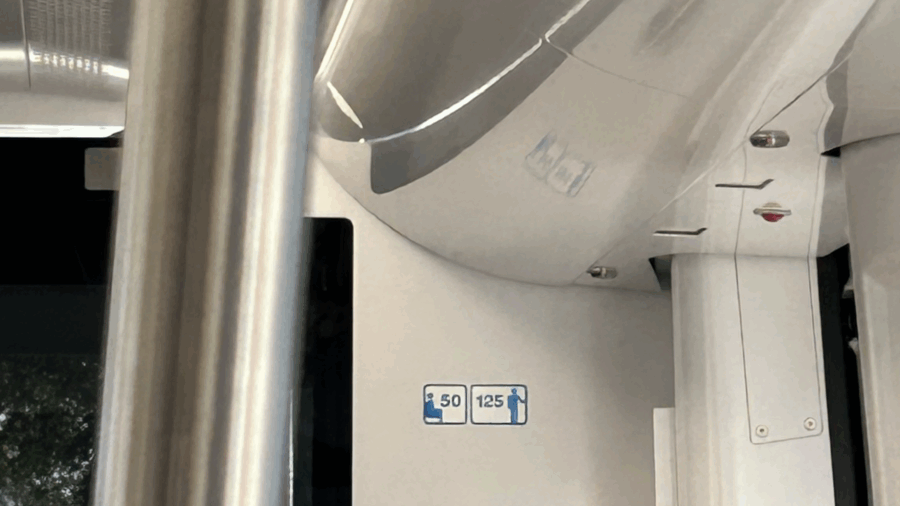
The metro, a separate system from the trams in Amsterdam, was a fantastic way for us to navigate the city. It connects Noord (north), Zuid (south), and the outer rings of Amsterdam. The metro cars and stations are convenient, spacious, and clean (pictured below), but could be difficult for wheelchair users during peak travel hours. Mothers had to keep strollers open in the aisle since there was no designated space for strollers and wheelchair users. We also used the tram (streetcar) and bus systems. The tram seemed to be delayed frequently; in many cases, the live feed at each tram station would constantly update to show increasing delays. The bus was convenient, popular, and had designated spaces for wheelchairs.
On all modes of public transport in Amsterdam (metro, tram, and bus), foreign travelers can tap in with their credit cards or mobile pay methods. Tap machines are available at every door or entrance.
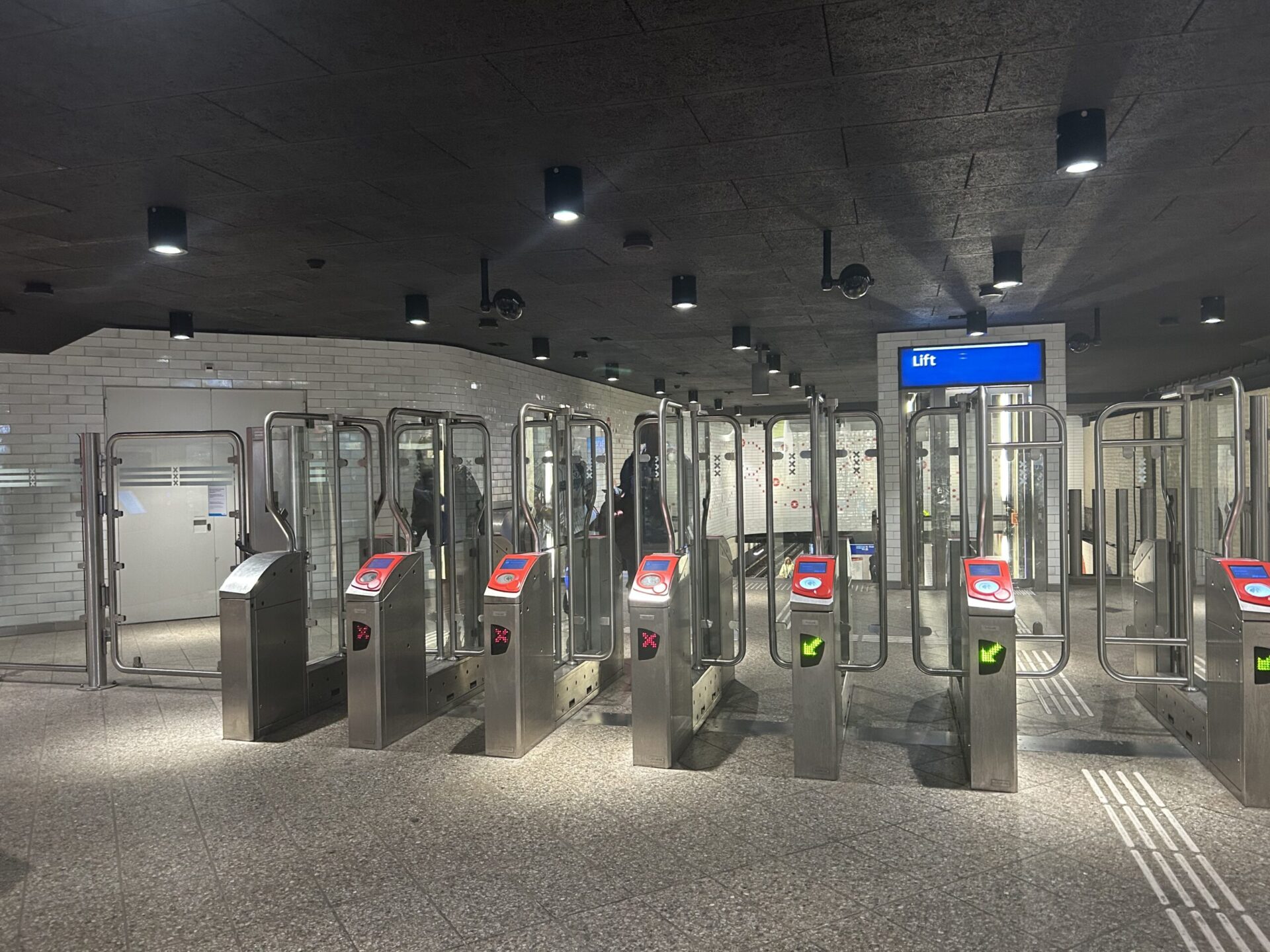
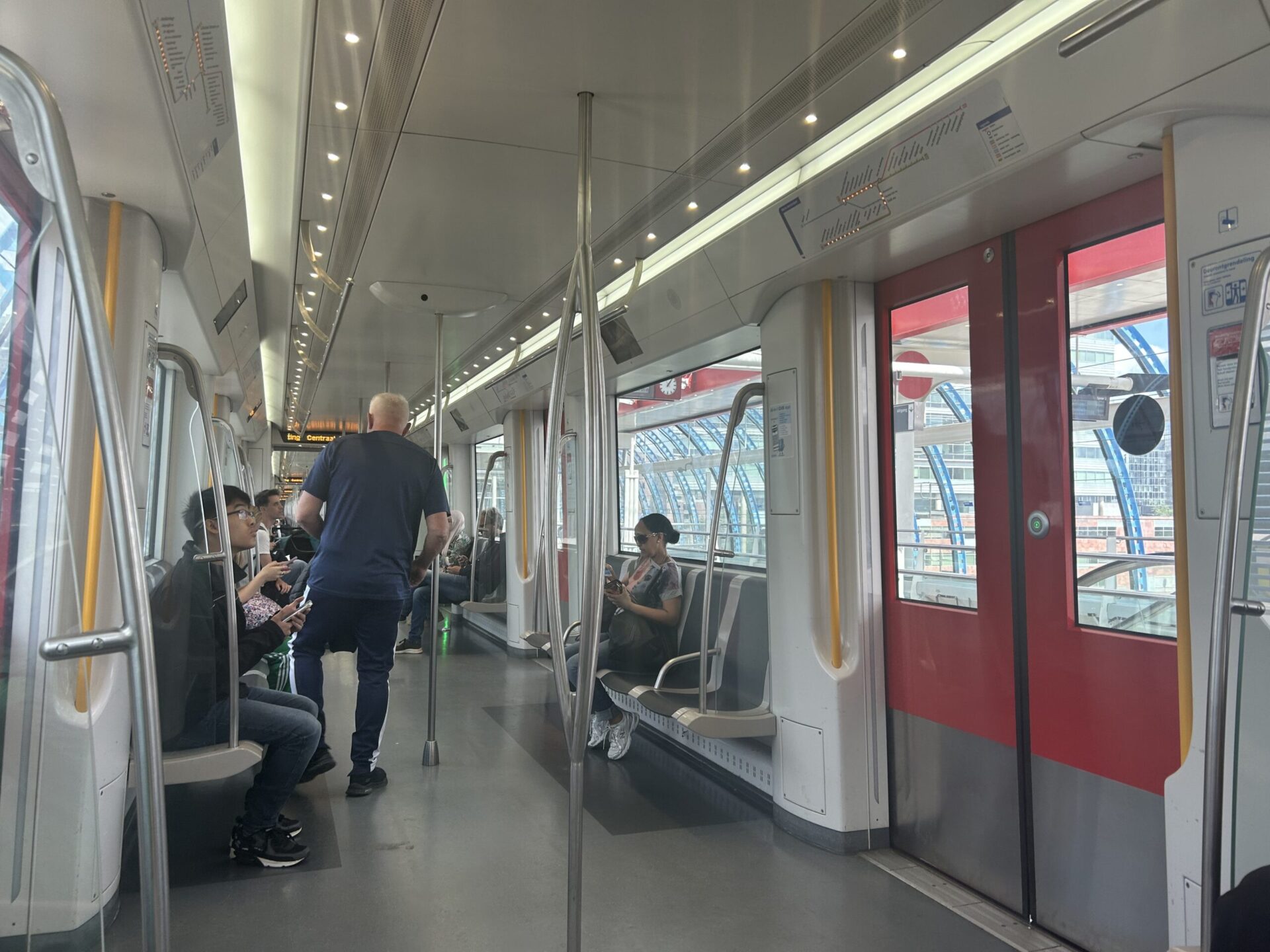
Rotterdam
Rotterdam is the world’s largest port outside of Asia and has an extensive infrastructure for the metro, tram, and bus systems. It is one of the most walkable cities we came across in Benelux, with wide plazas and well-connected sidewalks. We saw a lot of other tourists outside on foot. The tram brought us from Central Station down to the City Center. From there, we were able to take a stroll down to the river to see the iconic Erasmusbrug bridge.
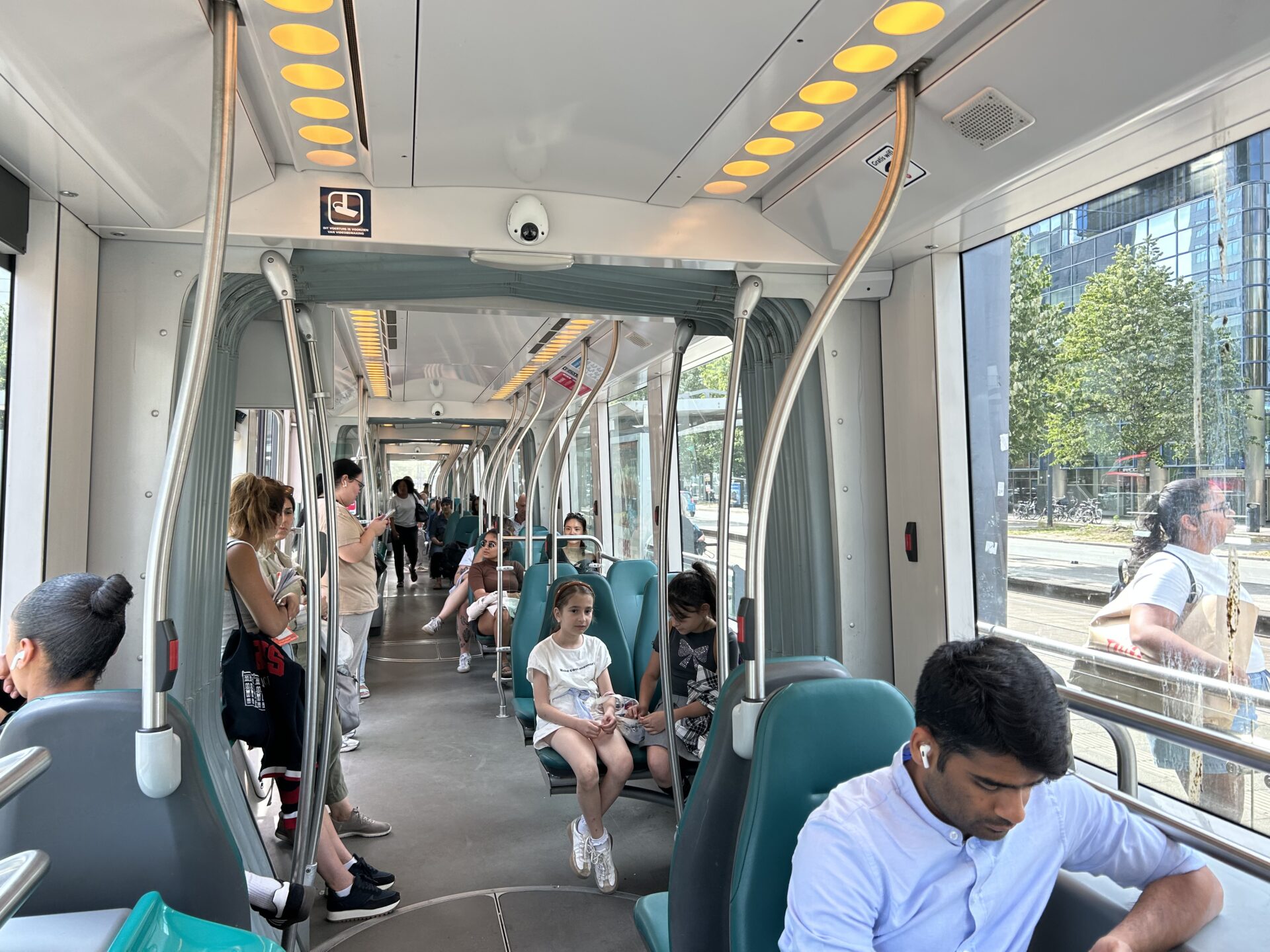
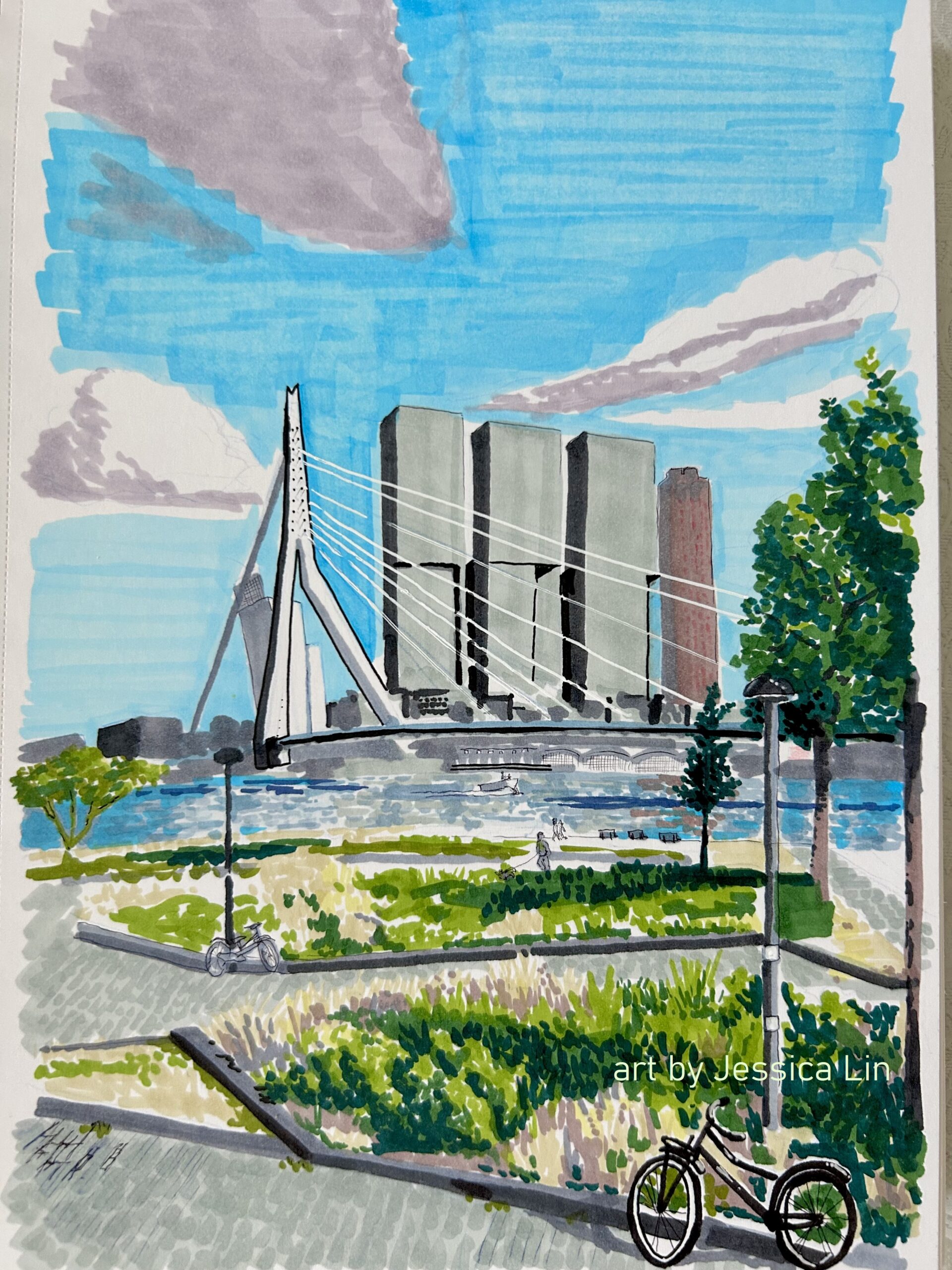
Final Thoughts
The Benelux region is an incredibly interconnected and lively area, featuring a blend of preserved history and global innovation. If you’re someone who wants to maximize the number of countries you travel to, I would highly recommend turning a trip to Brussels or Amsterdam into a tour of the Benelux area! Public transit in this region is accessible, and information is readily available in English for travelers who are not familiar with Dutch or French.
When traveling with older family members or individuals with disabilities, there are additional barriers to consider. Fortunately, throughout the Benelux region, buses and trams equipped with wide ramps that are flush with the platform can help minimize those barriers and make a real difference for those who might otherwise feel discouraged from traveling to a new area. In total, ten days of traveling solely by public transportation and on foot between three countries, back and forth, including travel to and from the airport, cost me less than $200. Of course, when in the Netherlands, biking is king. Additionally, renting a car or using ride-hailing services in the Benelux allows people to have more control over the pace at which they travel. I would love to try additional modes of travel, such as biking and scooting, the next time I visit, but it’s good to know that clean, accessible, relatively affordable, and well-connected infrastructure in public transit is always there for me if I need it.